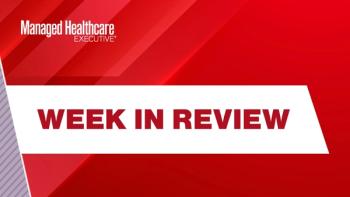
Be mindful of the contract in silent PPO arrangements
At present, laws in 14 states are designed to prohibit the use ofsilent discount arrangements and intended to eliminate so-called"silent PPOs," "ghost PPOs," or "blind PPOs," all of which refer tothe same thing.
At present, laws in 14 states are designed to prohibit the use of silent discount arrangements and intended to eliminate so-called "silent PPOs," "ghost PPOs," or "blind PPOs," all of which refer to the same thing.
When used to describe a network, it typically refers to a group of providers that agree to provide medical services at a discount in return for higher patient volume. PPO networks are not usually licensed or regulated by state insurance departments, but states attempt to indirectly regulate PPOs by regulating insurers and TPAs that offer PPO health plans.
Most laws prohibit a payer from taking a discount with respect to a particular medical claim unless the payer has a contract with the PPO network and the PPO network has contracts with the individual providers, whereby such providers have agreed to provide services at a discount. In addition, these laws often prohibit the transfer of pricing information without permission from the provider. The goal of these laws is to achieve greater transparency in managed care contracting arrangements-clearly an appropriate public policy. However, many provider contracts have relatively loose provisions allowing the PPO to lease its network to payers not specifically identified in the contract. Thus, when enforcing these laws, courts and regulators may have to consider whether the healthcare provider intended to allow the PPO to lease the network to unnamed payers when entering a broadly worded contract.
TAKE RESPONSIBILITY
Managed care participants appear to want to point their fingers at each other when assessing blame for problems created by silent PPOs. However, each participant should take steps to address certain issues within their control.
Perhaps the payers should look more closely at the PPOs with which they contract and perform further due diligence in assessing the PPOs' underlying provider contracts. Perhaps the PPOs should take steps to make sure that their sub-networks provide adequate notice and disclosure to the actual healthcare providers about the identities of the ultimate payers and such payers' products.
Finally, the healthcare provider should look more closely at their PPO provider contract and analyze the "payer" and "product" provisions to determine the scope of his or her contractual commitment.
If the provider does not want to belong to a network that can be leased to unnamed payers, then he or she should attempt to delete such provisions in the provider contract.
This column is written for informational purposes only and should not be construed as legal advice.
Newsletter
Get the latest industry news, event updates, and more from Managed healthcare Executive.

















































